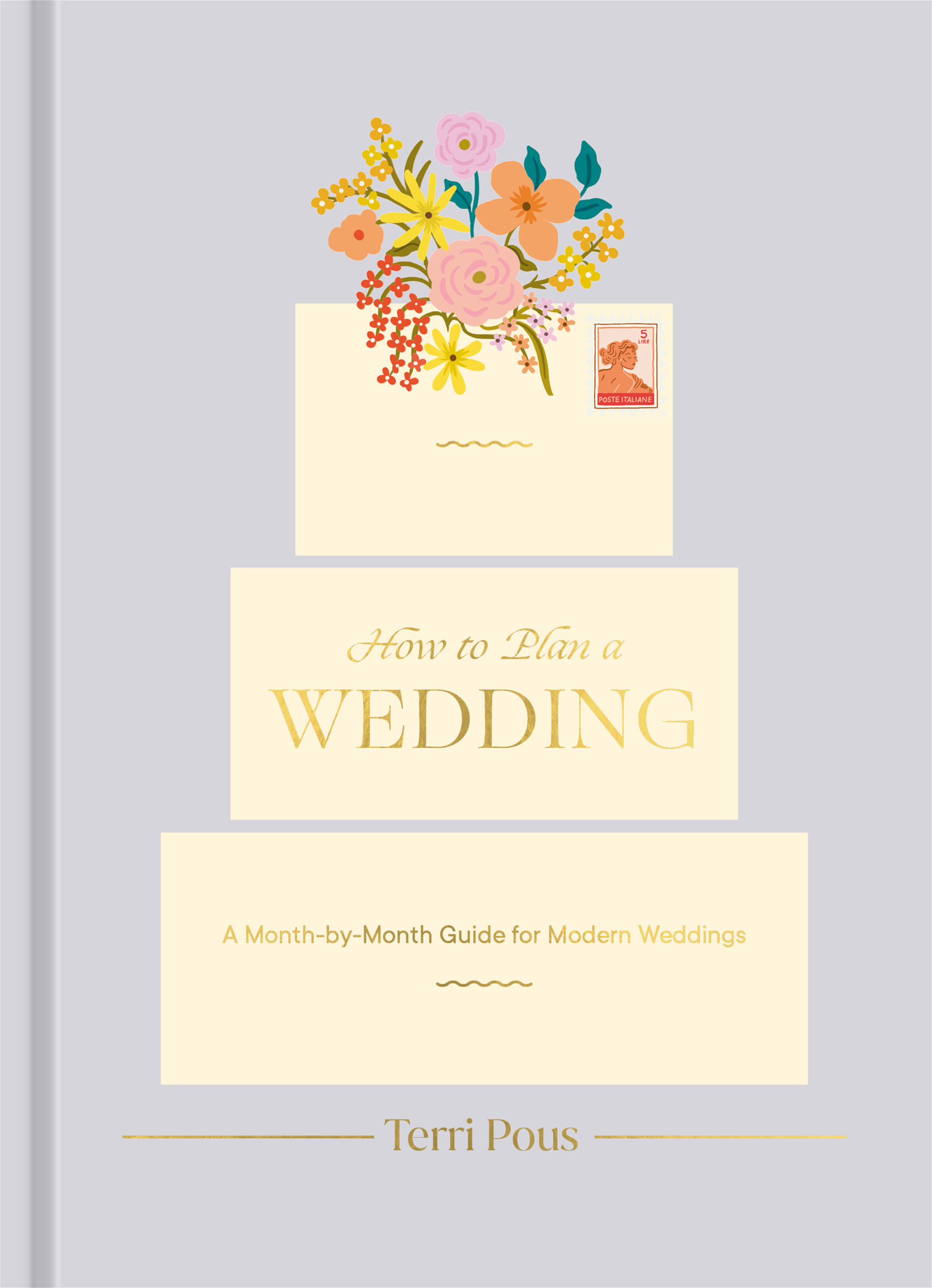
There are three words every person planning a wedding dreads more than most others: “Can I bring…?” You may have addressed their wedding invitation to “Ms. Jane Doe,” with no “and guest” or “plus one” in sight, and yet, you’ll inevitably get a call asking if they can bring their new fling or recent promising first date (or even their long-term partner) to your wedding.
If you’ve never planned a wedding, you might not think it’s that big of a deal—or realize there’s a reason your invitation was only addressed to you. But the etiquette and history of plus-ones is surprisingly thorny, and depending on where you live, tricky to parse.
Some plus-ones are a no-brainer: If someone is married or engaged, then of course they can bring their significant other. You might’ve heard of the “no ring, no bring” rule, which essentially dictates that a guest won’t get a plus-one unless they’re engaged or married. Pippa Middleton caused a stir at her 2017 wedding for enforcing the custom—which meant that a then-not-yet-engaged Meghan Markle couldn’t attend the ceremony.
It sounds extreme, but outside the U.S., it’s not totally uncommon for even married couples to get the short end of the stick. The wedding-industrial complex isn’t as entrenched elsewhere, as friends of mine in both the United Kingdom and Australia have pointed out during the multi-day affairs that American weddings have become. As such, weddings they’ve been to are small—less than 50 people sometimes—and mean that sometimes, only one member of a couple gets invited, even if they’re married, to keep the list as tight as possible.
As you might expect, the plus-one or plus-one decision mostly comes down to money. When the average catering cost per head is $75, that boyfriend of just six months starts to seem a little more iffy. And when the time comes to cut the guest count down to the bone to accommodate both the venue size and your budget, Mr. New Boyfriend will likely get the ax over great-aunt-you’ve-only-met-once.
Read More: I Hate What My Wedding Did to Me
Given the fact that until 2015, countless same-sex couples in the U.S. legally could not marry, the “no ring, no bring” rule is understandably outdated. Even the somewhat staid writer on etiquette Emily Post declares that “Brides and grooms should be aware that spouses, fiancé(e)s, and live-in romantic partners (no matter the sex) must be invited with your guests; boyfriends and girlfriends who don’t reside together don’t need to be.”
So you can imagine why it’s still a gray area for guests. Everyone seems to have an opinion on the matter, ranging from “plus-ones for all!” to “plus-ones for none!” to “plus-ones for some, especially if they’re in the wedding party, miniature American flags for others!”
It’s the most personal, yet impersonal, process, one in which you need to deal with raw numbers while also having to ask how much you’d really want a person there. As a guest, it’s really tempting (not to mention understandable) to ask to bring someone. But in all likelihood, the couple probably would’ve given you a plus-one if they could—and the request will add stress to an already-stressful situation.

It’s also likely that they’ll let you bring your person if the situation changes. A few years ago, I was invited to a wedding, but not my boyfriend of nearly a year. That said, the bride offered on her own to bump him up to the top of the B-list if someone RSVP’d no.(It ended up working out and I got to bring him to a wedding where I didn’t know anyone else.)
If that doesn’t happen, other things might be at play. Couples sometimes come up with a rule that they won’t give someone a plus-one if you haven’t met their partner, or if they know enough other people at the wedding, or they may limit plus-ones to people who’ve been together longer than a certain amount of time. And being consistent with that rule means it’s hard to make exceptions so that they can spare themselves the awkwardness. This is a pretty common scenario, one that couples opt for when there are just too many cases to consider.
Ultimately, you’re not going to make everyone happy—which is a good metaphor for wedding planning in general. There’s no possible way to please both of you and your parents and your guests, so as long as you make your decisions with some empathy, most people will get it.
And if you’re a guest and unsure whether you get a plus-one? Read the envelope one more time. It’ll tell you everything you need to know. And please, for the love of god, don’t ask the couple if you can bring someone.
More Must-Reads From TIME
- The 100 Most Influential People of 2024
- Coco Gauff Is Playing for Herself Now
- Scenes From Pro-Palestinian Encampments Across U.S. Universities
- 6 Compliments That Land Every Time
- If You're Dating Right Now , You're Brave: Column
- The AI That Could Heal a Divided Internet
- Fallout Is a Brilliant Model for the Future of Video Game Adaptations
- Want Weekly Recs on What to Watch, Read, and More? Sign Up for Worth Your Time
Contact us at letters@time.com